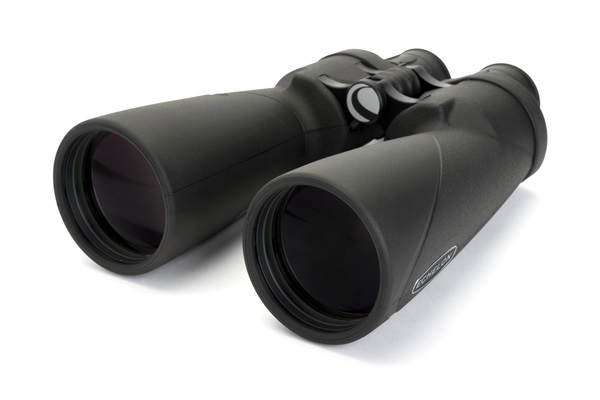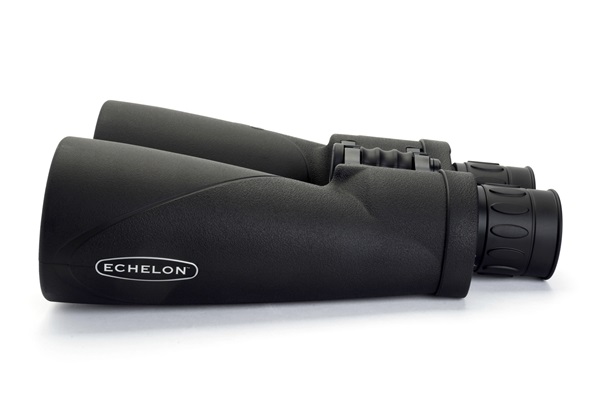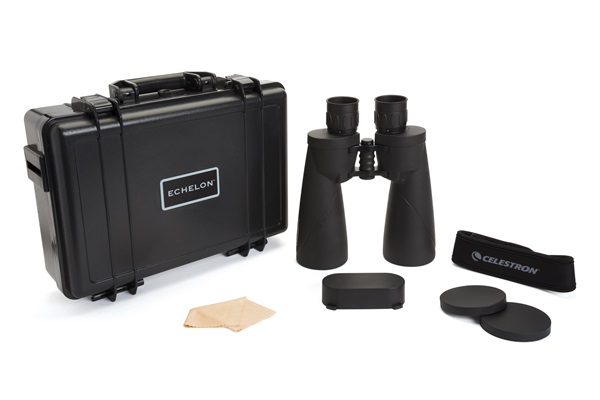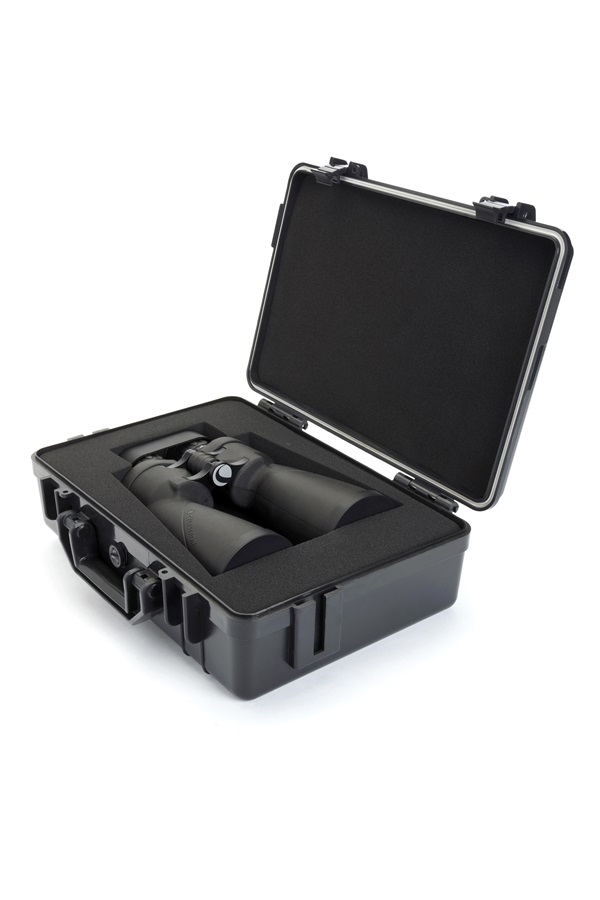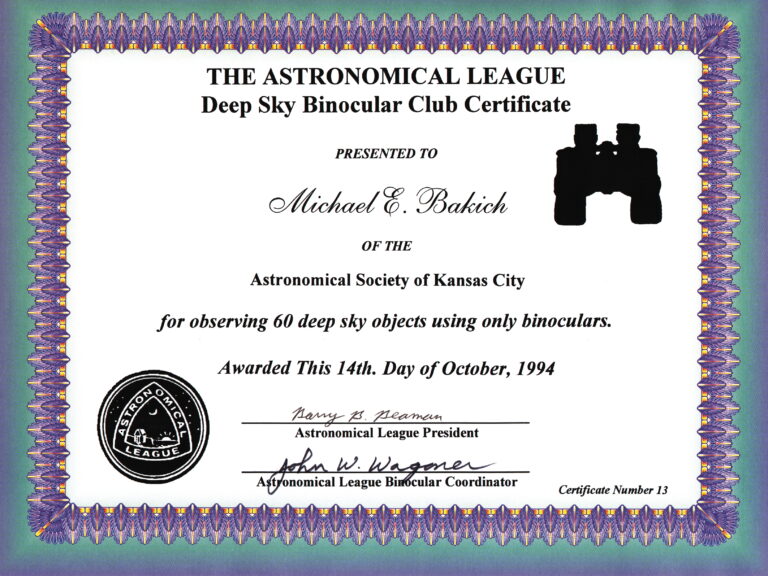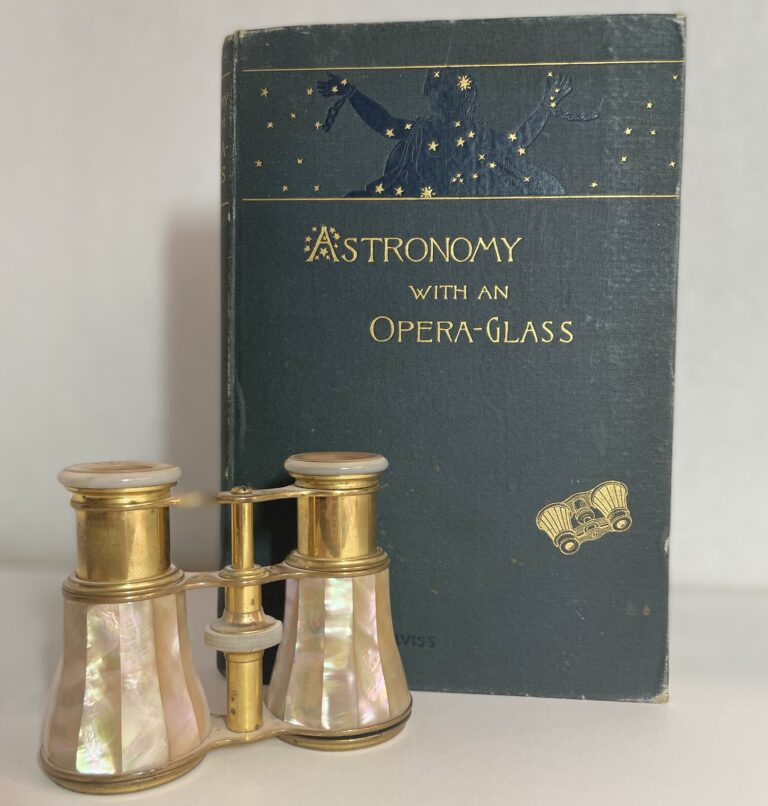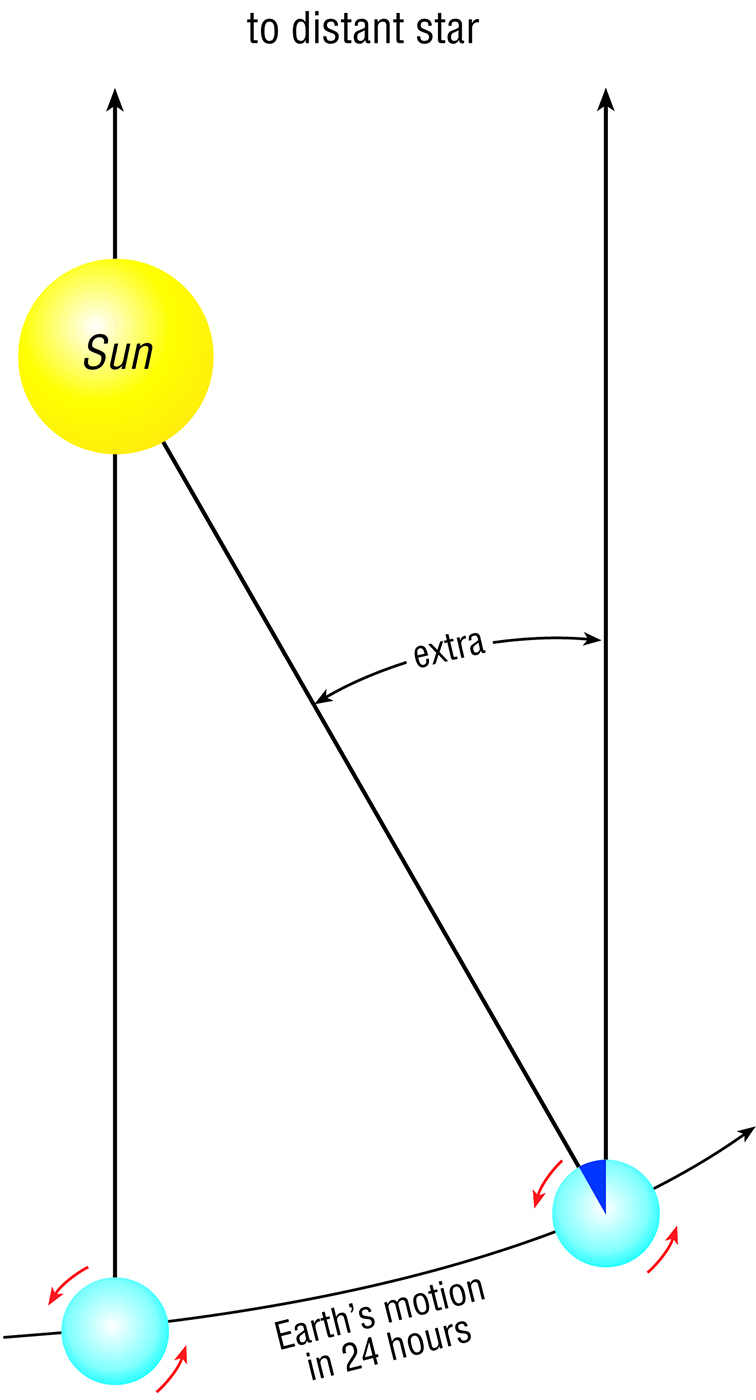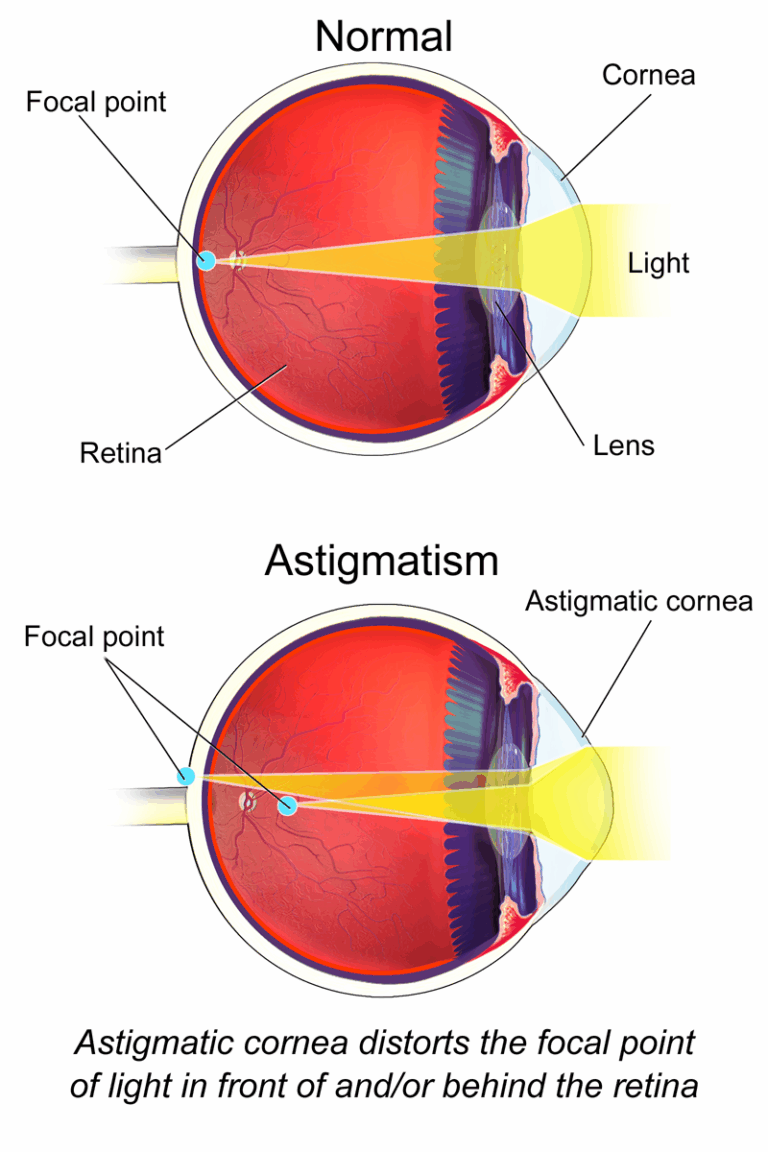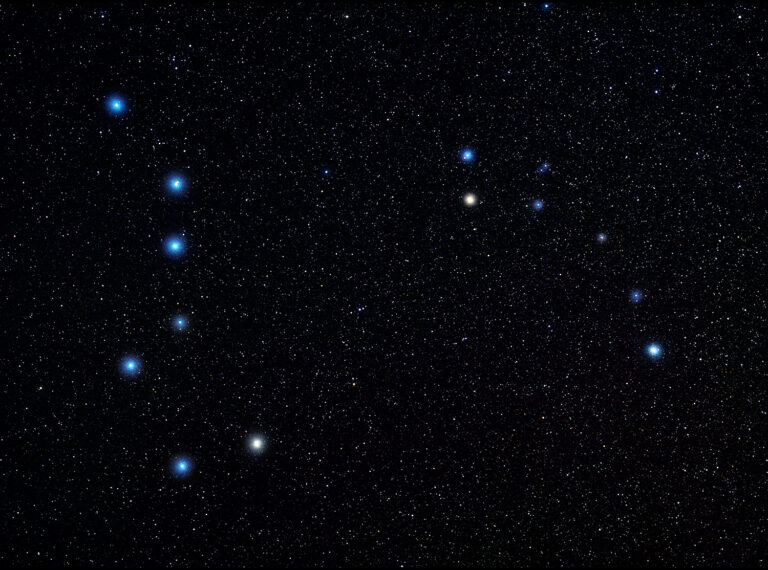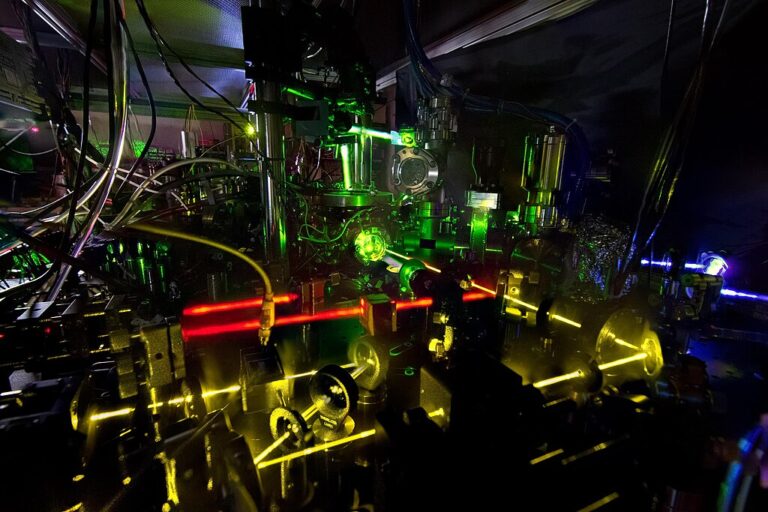Key Takeaways:
After opening the box, I was impressed to find that Celestron housed the binoculars in a well-made, high-impact plastic case. I have owned many binoculars, and few have come with much protection for storage or carrying. This is no small problem. Anyone using this type of equipment is going to be on the move, possibly in harsh environments. This case is rugged and well padded on the inside.
The Echelon also comes with a 2-inch-wide padded strap. It proved comfortable both on my shoulder and around my neck. And, trust me, you don’t want to carry these binoculars around in your hand. This unit is heavy, weighing in at 4 pounds 1 ounce (1.8 kilograms).
The body is high-grade aluminum covered in rubber “armor.” I have used other binoculars with rubber coatings that feel squishy or become sticky with use, but the coating on the Echelon series feels great. Even after holding them for an extended period of time, my fingers never felt as if they would slip or developed a “gummy” feel.
According to Celestron, the housing of the Echelon binoculars is completely waterproof and nitrogen purged. Evacuating all the air in the binoculars and replacing it with nitrogen all but eliminates fogging of the lenses. That’s not much of an issue here in the desert, but it’s a real plus for anyone who wants to use this instrument in a maritime or damp setting.
At 4 pounds, holding the binoculars for an extended length of time proved difficult. My arms became tired after holding them for more than five minutes or so. Because of the weight, I decided to mount the binoculars on a Celestron alt-azimuth tripod (that I already owned) for a first look. As with most high-end binoculars, the Echelon has a threaded receptor running along the axis of the center section.
Once mounted on the tripod, it was a real pleasure scanning the mountain ridges some 20 miles (32 kilometers) away. I could easily make out individual trees and a prominent hiking trail. The image was clear and bright from side to side. As long as you can keep these binoculars mounted on a tripod, they will be great for nature study.
Celestron has gone all out on the optics of the Echelon series. These binoculars use two prisms in each barrel. This makes it possible to keep the length reasonable; however, it also means that light must pass through multiple glass surfaces before it reaches your eyes, diminishing the brightness.
To address this issue, Celestron used the superior BaK-4 prisms — a high-quality type of glass found only in the best instruments — while most manufacturers use BK-7 type prisms, which are of lower quality. To determine which prisms are in your binoculars, hold them a few inches from your eyes and toward a bright light. If you see a squared-off field of view, BK-7 prisms are installed. Alternatively, the BaK-4 prisms in the Echelon produce a nice round field of view.
Another thing that impressed me was the extreme eye relief. I wear glasses and have spent years perching them on my head every time I looked through binoculars. But while scanning the nearby mountains through this unit, I found that I could leave my glasses on. These instruments use individual focusing for each eyepiece. It requires a bit more effort up front, but results in crystal clear images.
At night
The Echelon binoculars proved themselves under a dark sky. My first target was a thin crescent Moon. The binoculars provided an outstanding view of Mare Crisium in vivid contrast, along with many other features. The Hercules Cluster (M13) appeared as a small, bright ball with a surrounding sprinkling of stars. The wide field of view also gave a rich velvet background for M13. I was pleased by the even darkness of the sky across the field, a testament to the XLT coating.
If you enjoy scanning the sky with binoculars as I do, you can’t do better than the Celestron Echelon series. Sometimes there is no more satisfying way to view the sky than with both eyes and through high-quality binoculars. The Echelon 10×70 Binoculars will give you reason to spend many hours doing just that.

